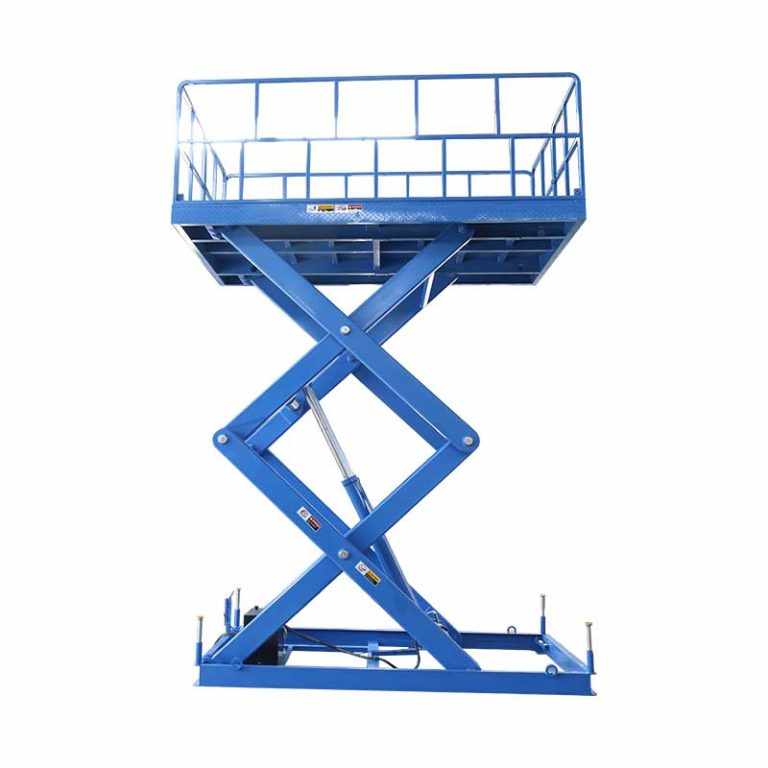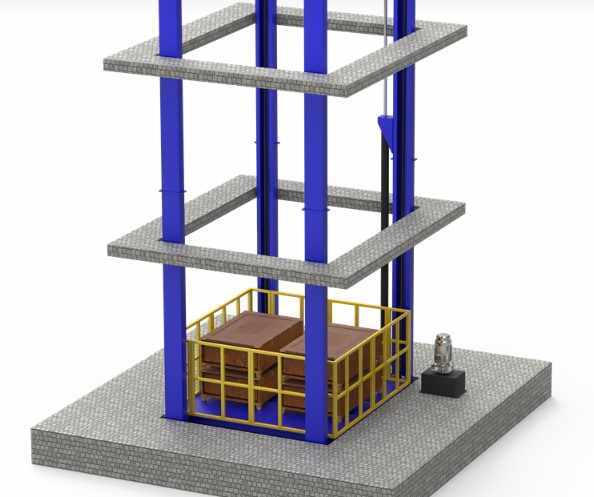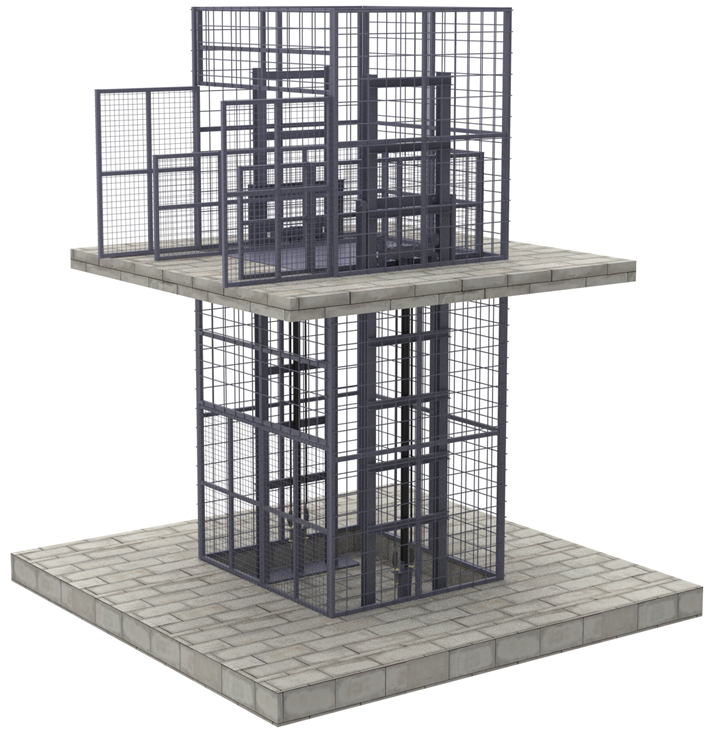
Using a Hydraulic Scissor Lift offers unmatched convenience in vertical lifting for maintenance, warehousing, and manufacturing industries. However, to ensure workplace safety, operators must follow strict guidelines. This article covers the top 7 safety tips for safely operating a Hydraulic Scissor Lift, helping your team avoid common hazards and improve productivity.
1. Always Conduct a Pre-Use Inspection
Before using a Hydraulic Scissor Lift, inspect it thoroughly. Check for visible damage, fluid leaks, tire condition, safety harnesses, and control panel functions. A quick check could prevent major failures during operation.
Daily inspections not only ensure safety but also help maintain the performance of your Hydraulic Scissor Lift over time.
2. Use Personal Protective Equipment (PPE)
Operators must wear the right PPE when working with a Hydraulic Scissor Lift. This includes a hard hat, non-slip footwear, and in some cases, a fall protection harness.
Wearing proper gear can significantly reduce the risk of injury during lift operation, especially when working at elevated heights.
3. Never Overload the Lift Platform
Every Hydraulic Scissor Lift has a specified load capacity. Overloading the platform compromises balance and increases the risk of tipping.
Check the manufacturer’s specifications and ensure the combined weight of personnel, tools, and materials remains well within the rated limit.
4. Operate Only on Stable, Level Surfaces
To prevent accidents, ensure the lift is positioned on a level and stable surface. Uneven ground can make even a well-built Hydraulic Scissor Lift unstable, increasing the risk of falls or mechanical failure.
Avoid operating on sloped or loose terrain unless the lift is specifically designed for such environments.
5. Keep Clear of Moving Parts
When raising or lowering the lift, ensure no body parts, clothing, or tools are near the scissor arms or hydraulic mechanisms. These components move quickly and can cause serious injury.
Operators and nearby workers should always stay alert and maintain a safe distance during operation.
6. Use the Lift Only for Intended Tasks
A Hydraulic Scissor Lift is designed for vertical access—not for horizontal movement or hoisting irregular loads. Misusing the lift can damage the machine and put operators at risk.
Stick to manufacturer guidelines and avoid any creative shortcuts that may seem faster but are not safe.
7. Train and Certify Your Operators
Untrained personnel should never operate a Hydraulic Scissor Lift. Proper training ensures that operators understand the controls, safety protocols, and emergency procedures.
Many workplace accidents occur due to lack of training. Investing in certification programs can greatly improve lift safety.
Why Safety Matters in Hydraulic Scissor Lift Operations
Ignoring safety can result in serious injuries, equipment damage, and legal liability. The good news? With proper planning and precautions, operating a Hydraulic Scissor Lift can be both efficient and risk-free.
By integrating these safety tips into daily operations, you protect not just your team but also your bottom line.
Conclusion
A Hydraulic Scissor Lift is a powerful asset—but only when used responsibly. Follow these 7 safety tips to ensure secure and smooth lifting operations every time.
From pre-use inspections to proper training, each step contributes to a safer working environment. Remember, safety isn't optional—it’s essential.





Write a comment ...